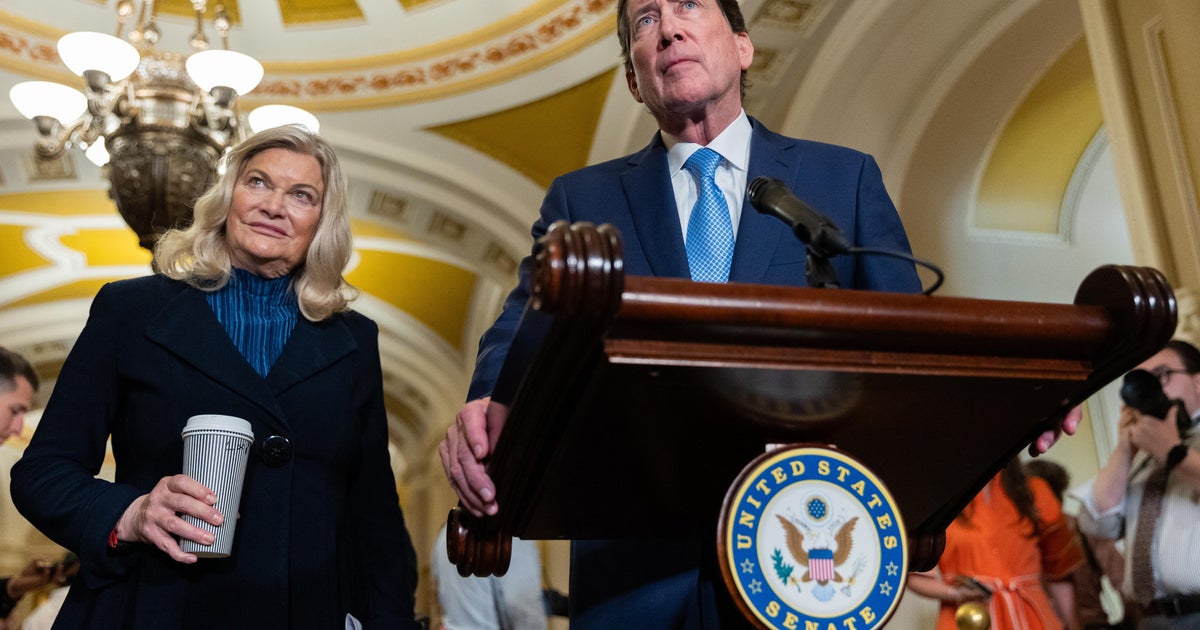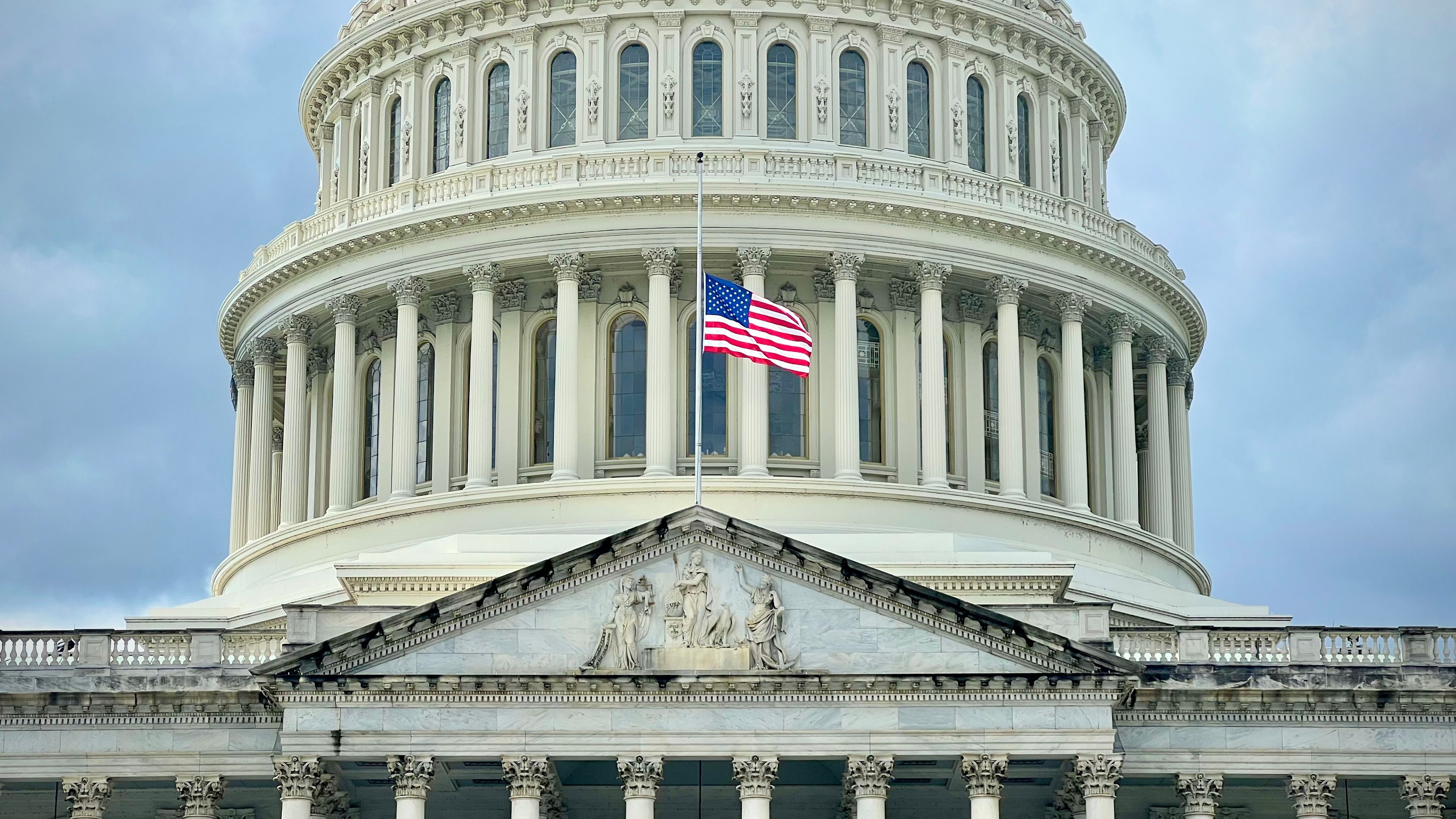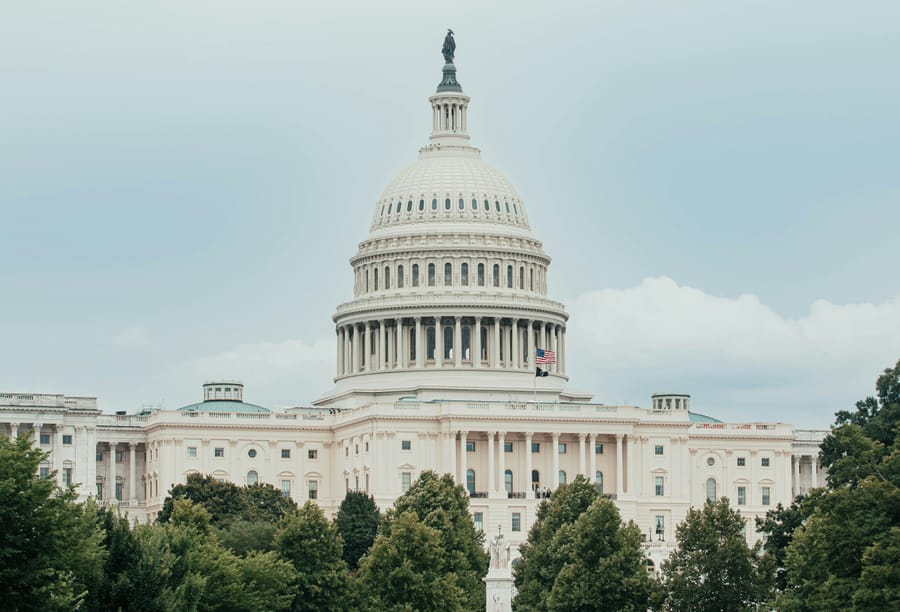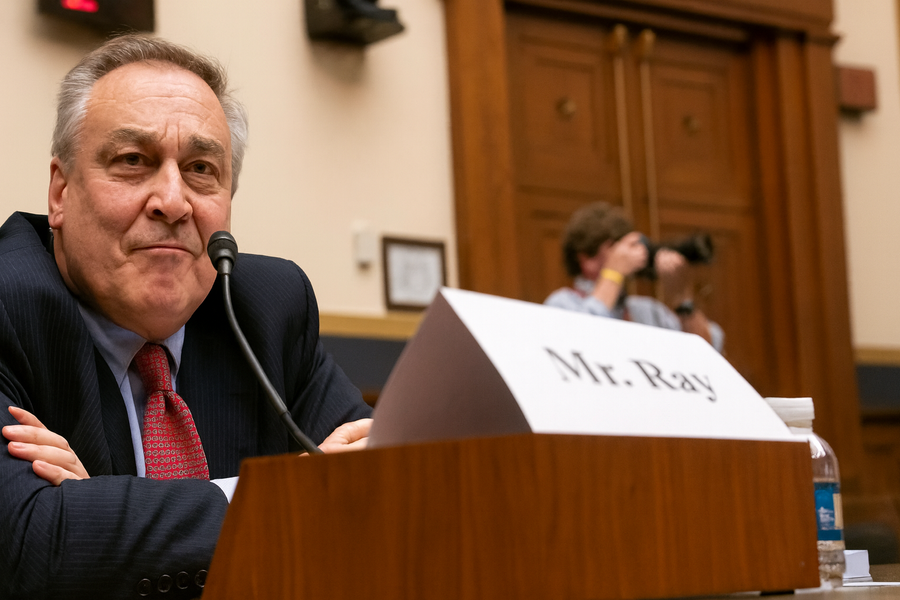The GENIUS Act for stablecoin regulation, signed by President Donald Trump on July 18, 2025, has created an unprecedentedly complex supervisory system that tasks 55 different regulatory agencies with overseeing the $250 billion market. Georgetown University finance professor James J. Angel criticises the law for fragmenting supervisory authority among the OCC, FDIC, Fed, NCUA, SEC, and 50 state regulators, which will inevitably lead to a race to the bottom as issuers select the most lenient oversight. The legislation mandates joint rulemaking between different agencies, which has proven problematic—one industry veteran reported that staff from different agencies nearly came to physical blows during a disagreement during a similar joint regulatory process.
The complete exclusion of interest-bearing stablecoins from the law's scope creates another serious regulatory uncertainty, while state authorities may supervise stablecoin issuers if their regulation is substantially similar to federal standards—which must be certified by the Treasury Secretary through a formal process. The GENIUS Act additionally overlooks significant systemic risks: in the event of a major stablecoin collapse, issuers would be forced to sell their U.S. Treasury reserves, potentially causing shockwaves in the bond market. The currently fragmented regulatory structure stretching from the SEC to state financial authorities highlights serious deficiencies in learning from the 2008 financial crisis—even the Financial Stability Oversight Council (FSOC) created by the Dodd-Frank Act has not resolved jurisdictional overlaps.
The GENIUS Act requires one effective solution: designating the Federal Reserve as the sole regulator. The Fed is the United States' de facto systemic risk supervisor, uniquely possessing the expertise and authority necessary to manage systemic risks related to the stablecoin market. According to Professor Angel, Congress must urgently amend the law for simplicity, efficiency, and transparency—a regulatory system composed of 55 different regulators will inevitably lead to overlaps, gaps, and delays, especially since there are no specific sanctions for regulators failing to meet deadlines mandated by the law. Simplifying the regulatory framework would not only strengthen financial stability but would also support innovation in stablecoin technology, which can also strengthen the global position of the U.S. dollar.
Sources:
1.

2.

3.

4.











